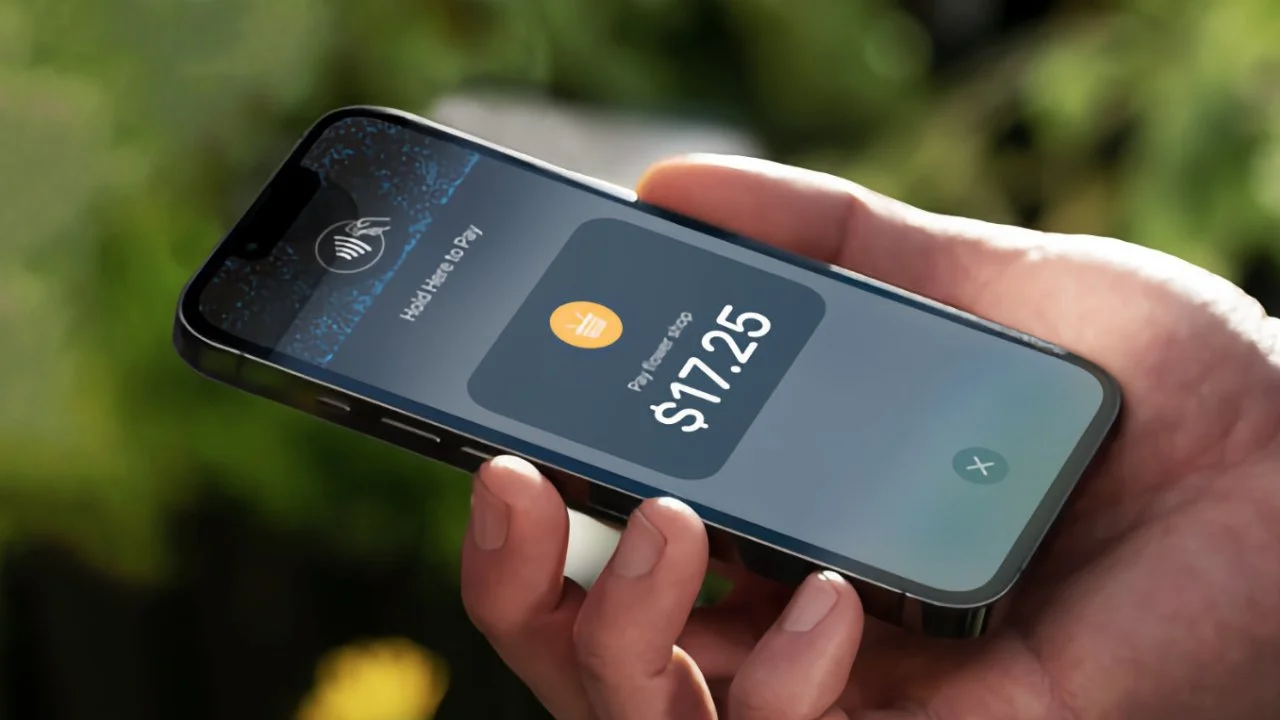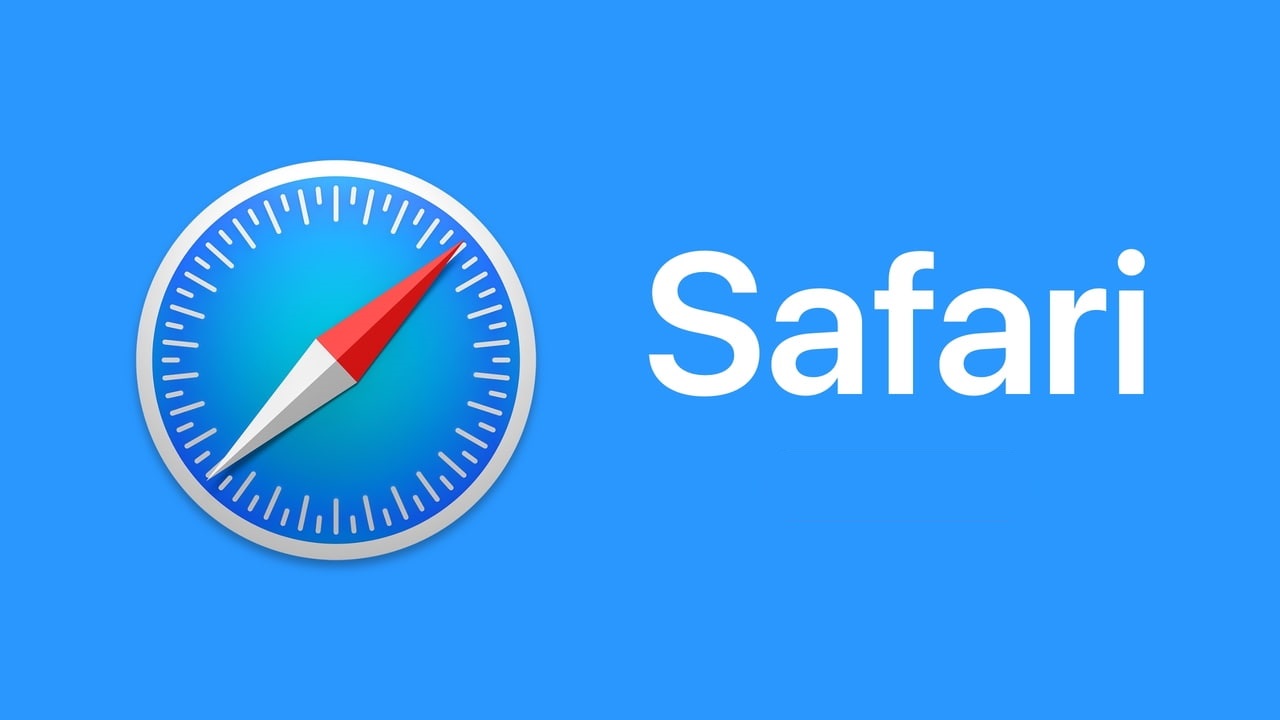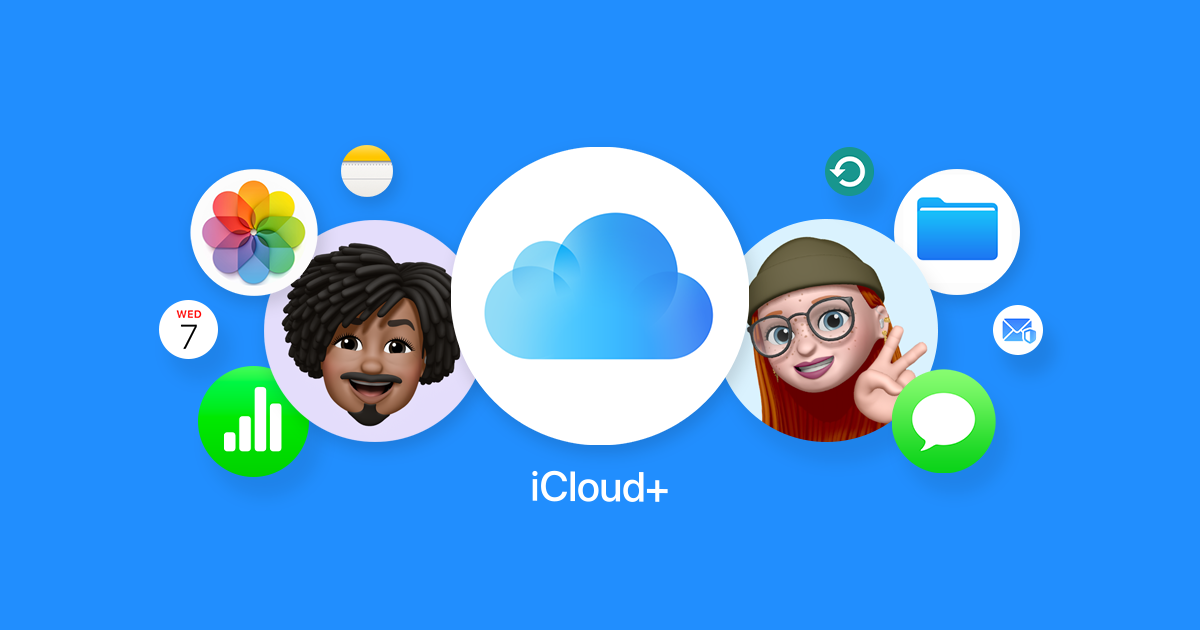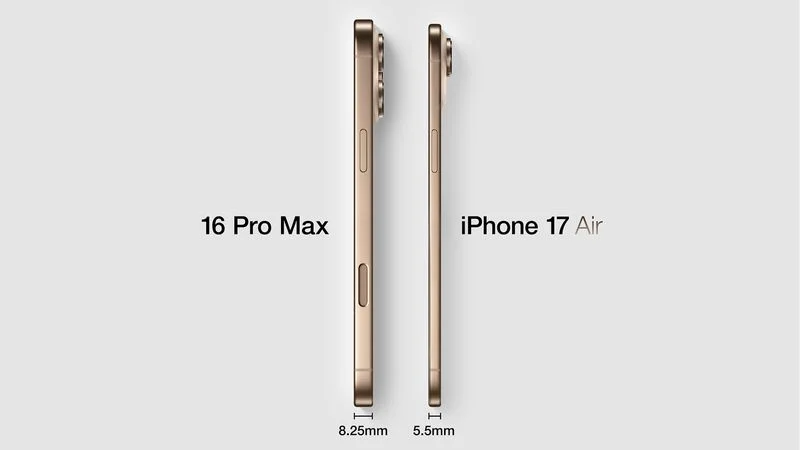Apple’s Tap to Pay on iPhone is a super handy way for small businesses to take contactless payments from mobile wallets or cards. Now, it’s popping up in nine more countries, making life easier for shop owners. This feature lets stores take payments right on their iPhones—no extra gadgets needed. No separate card machine or device, just the phone you already have!
Tap to Pay on iPhone Explained
Apple first shared this idea in 2022, starting slowly in the US. It’s like the fourth big step for small business payment tools:
- Old-school wired card machines that you had to rent.
- Wireless ones are still rented though.
- Standalone gadgets that link to your iPhone via Bluetooth, with a one-time price.
- Now, Tap to Pay on your iPhone—no extra stuff is required!
Here’s how it works: a customer taps their card, iPhone, or Apple Watch on the shop’s iPhone. Simple! But it’s only for contactless payments, which have limits that might not work for every business. Apple’s been spreading this feature to more places bit by bit since it started.
Nine New Countries Get It Today
This is one of the biggest updates yet! As of today, these nine spots can use Tap to Pay on iPhone:
- Bulgaria: Works with Adyen, myPOS, Revolut, and Viva; SumUp soon.
- Finland: Adyen, Mollie, Nets, Revolut, Stripe, SumUp, Viva; Surfboard Payments soon.
- Hungary: Adyen, Global Payments, myPOS, Revolut, SumUp, Viva, Worldline.
- Liechtenstein: Adyen.
- Poland: Adyen, eService with PKO Bank, Mollie, Stripe, SumUp, Viva, Worldline; more soon.
- Portugal: Adyen, Mollie, myPOS, Revolut, Stripe, SumUp, Viva.
- Slovakia: Adyen, Global Payments Slovenská Sporitel’ňa, Revolut, Worldline; SumUp soon.
- Slovenia: Adyen, Revolut, Worldline; SumUp, hobex soon.
- Switzerland: Adyen, Mollie, myPOS, Nexi, Stripe, SumUp, Worldline; hobex soon.
In the US, Intuit just added a cool trick last week: linking Tap to Pay with QuickBooks. This lets payments flow straight into the accounting app, no hassle.







